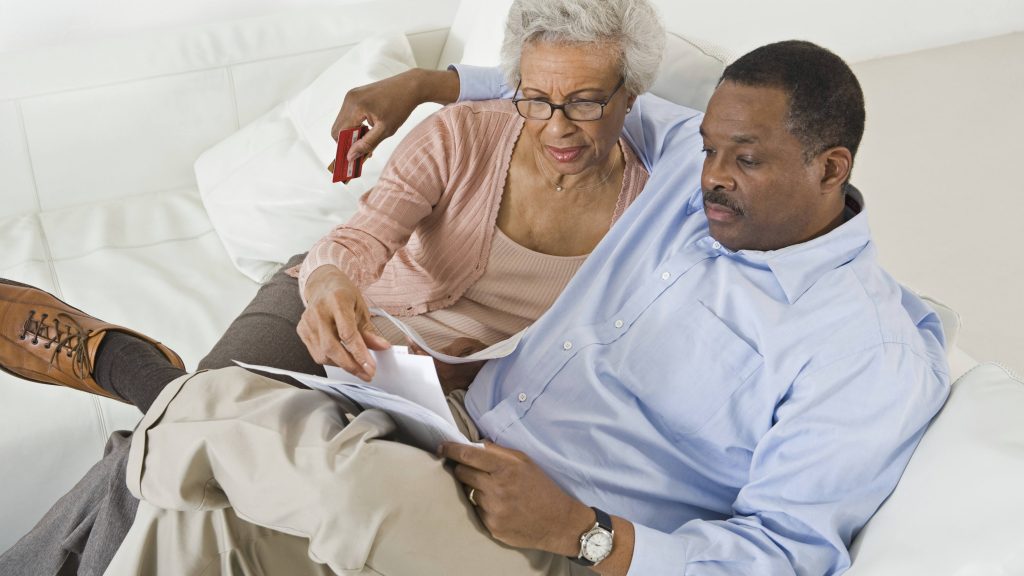-
Featured News
Tips to reduce stroke in the diverse communities

Stroke is the second-leading cause of death worldwide, according to the World Health Organization. In the U.S., about 800,000 strokes occur per year.
Of all strokes, 87% are ischemic. This means they occur when a clot blocks a blood vessel in the brain and stops blood flow. The remaining 13% are hemorrhagic, where a blood vessel ruptures and causes bleeding into brain tissue.
"In the U.S., stroke has dropped to the fifth-leading cause of death, due in part to improved systems of care, including earlier recognition and treatments, which have resulted in overall better outcomes," says Dr. Nycole Joseph, a vascular neurology fellow at Mayo Clinic's Comprehensive Stroke Center in Jacksonville, Florida.
Dr. Joseph adds that stroke survivors who are Black also are more likely to be disabled and have difficulties with daily activities.
Many factors contribute to these unfortunate statistics. Some of these factors are controllable, and others are not. Among the latter are risk factors that include age, gender, race and family history. Sickle cell anemia is a genetic disorder more common among Black people that increases the risk for stroke, notes Dr. Joseph.
"There is still mistrust within the Black community in relation to health care, but it is imperative that Black people are made aware of and become educated about these health risks, as they have the power to adjust their lifestyle and take measures to prevent strokes," says Dr. Joseph.
Risk factors that can be changed include managing high blood pressure, high cholesterol and diabetes. In addition, tobacco use, alcohol use and obesity, which are often prevalent in the Black community, also can affect risk. Obstructive sleep apnea is an independent risk factor for stroke, as is atrial fibrillation, which is an abnormal heart rhythm that can be detected using a rhythm strip provided by an EKG or prolonged-wear heart monitor.
Dr. Joseph says she always advises diverse patients to be proactive about their health and establish care with a primary health specialist.
She encourages these healthy lifestyle tips:
- Maintain consistent blood pressure of less than 130/80 mmHg. Monitor your blood pressure at home regularly with an automated blood pressure device that has a cuff above the elbow.
- Take part in regular aerobic exercise, which is important to lowering blood pressure and living a healthier life. About 30 minutes of activity per day.
- Check and manage cholesterol levels. Maintain your low-density lipoprotein, or LDL or "bad cholesterol," at less than 70 milligrams per deciliter.
- Control diabetes. Be aware of and strictly manage blood glucose levels. Obtain a hemoglobin A1C, which measures the average blood sugar level over the past three months, with a goal of less than 7%.
- Be screened for obstructive sleep apnea, which is a condition characterized by snoring and episodes where patients stop breathing in their sleep. This condition affects the oxygen supply to the brain.
- Avoid tobacco. Smoking is a major risk factor, and patients should be encouraged to stop smoking and avoid secondhand exposure to smoke.
- Limit alcohol consumption, not exceeding one to two servings per day.
- Embrace a healthy diet. The Mediterranean diet, which is rich in fresh fruits and vegetables, and favors white meat and fish over red meat. This diet is emphasized in stroke prevention.
- Taking prescribed medication correctly. This is key to ensuring each of these risk factors remains well-controlled.
Dr. Joseph emphasizes that stroke is a medical emergency.
"Statistics show that Black patients are more likely than white patients to delay going to the hospital after onset of stroke symptoms and receive fewer evidence-based treatments for strokes," she says. "To improve outcomes, we must continue to educate people on the signs of stroke and remind them that it is imperative to call 911 and seek medical attention as quickly as possible since certain treatments are time-sensitive. I always tell people to remember the phrase 'time is brain.' The more quickly you recognize the symptoms of stroke, the more quickly a person can be treated and the more lives can be saved."
Signs and symptoms of stroke include:
- Trouble speaking and understanding what others are saying. You may experience confusion, slur words or have difficulty understanding speech.
- Paralysis or numbness of the face, arm or leg. You may develop sudden numbness, weakness or paralysis in the face, arm or leg. This often affects just one side of the body. Try to raise both your arms over your head at the same time. If one arm begins to fall, you may be having a stroke. Also, one side of your mouth may droop when you try to smile.
- Problems seeing in one or both eyes. You may suddenly have blurred or blackened vision in one or both eyes, or you may see double.
- Headache. A sudden, severe headache, which may be accompanied by vomiting, dizziness or altered consciousness, may indicate that you're having a stroke.
- Trouble walking. You may stumble or lose your balance. You may also have sudden dizziness or a loss of coordination.
Related posts:
- Mayo Clinic Minute: Artificial intelligence may help some stroke patients
- Mayo Clinic Minute: Think 'FAST' when recognizing stroke symptoms
- Mayo Clinic Minute: What African Americans need to know about stroke







